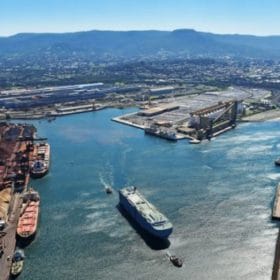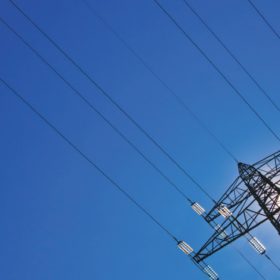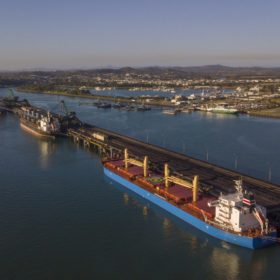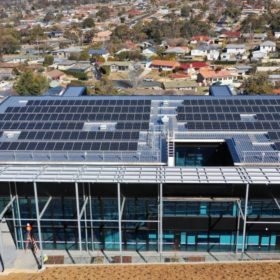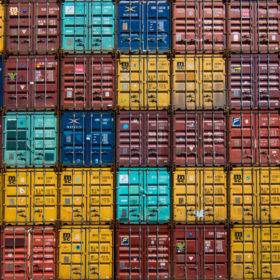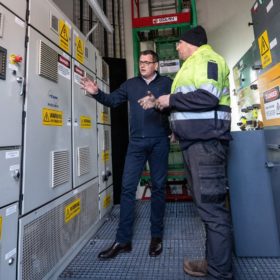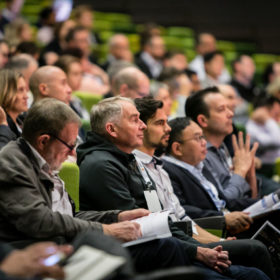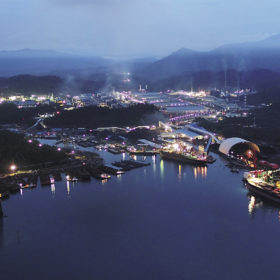New US policy ‘devastating’ for Australia’s green hydrogen ambitions, says investment manager
Cofounder of Quinbrook Infrastructure Partners, David Scaysbrook, says the US Inflation Reduction Act can make Australia a green energy superpower – but not in the way we expect. The policy will fundamentally undercut Australia’s competitiveness exporting green hydrogen, but offers giant opportunities for critical materials. Scaysbrook also expects Australia’s 2023 to be lean in terms of renewable investment, especially when it comes to “vanilla” projects.
Federal government gives Copperstring transmission project tick of approval
Energy infrastructure company CuString has secured federal environmental approval for the massive CopperString 2.0 transmission link that would stretch across north Queensland, helping to unlock large-scale solar and wind investment along with large deposits of minerals key to the energy transition.
Queensland council plots path from coal hub to green superpower
The Gladstone Regional Council has ratified an ambitious roadmap that will be used to help the central Queensland city navigate the transition from traditional coal and gas hub to a green hydrogen and renewable energy superpower.
NSW seeks proposals for renewables rollout across 2,200 public schools
After a productive pilot project that saw solar, batteries and VPP technology installed at 60 public schools in New South Wales, the state government is now seeking proposals to finance, deliver and operate such renewable energy solutions across 2,200 public schools.
Forced labour concerns prompt U.S. ports to block over 1,000 shipments of solar components
Panel shipments collectively worth hundreds of millions of dollars are blocked from entering the United States market as they have failed scrutiny under the Uyghur Forced Labor Prevention Act, said Reuters.
Ross Garnaut thinks Australia can become a low-carbon superpower; Clive Hamilton is not convinced
Economist Ross Garnaut’s latest book, the Superpower Transformation, is promoted as a “practical plan” to put the vision of in his earlier Superpower into effect. Clive Hamilton, Professor of Public Ethics at Charles Sturt University, questions if the vision is premised on an imperfect logic.
Victorian neighbourhood battery plan to maximise benefits of ‘solar boom’
The Victorian government has unveiled an ambitious plan to install 100 battery energy storage systems in neighbourhoods across the state by the end of 2026 as part of a broader strategy to support the rollout of more rooftop solar PV as it targets 95% renewables by 2035.
Shirked question: COP27, All Energy and a long avoided issue
Australia has paid just 38% of its “fair share” towards the internationally agreed climate finance target. The revelation speaks to the issue of fairness – a key topic at COP27, currently underway in Egypt. But Australia’s premier renewable energy event offered little hope that questions of equity and deep sustainability are being considered here, even by the architects of our own transition.
Indonesia may add 66 GW of solar by 2030, says IRENA
The International Renewable Energy Agency (IRENA) says that solar could become the backbone of Indonesia’s energy system by 2030. However, the nation’s own expectations are still far off from IRENA’s scenarios.
NSW tender targets 600 MW of storage and 380 MW of firming capacity
The New South Wales government will stage a competitive tender to secure at least 600 MW of long duration storage as well as 380 MW of firming capacity as the state looks to fill the gap created by the impending closure of the country’s biggest coal generator.
